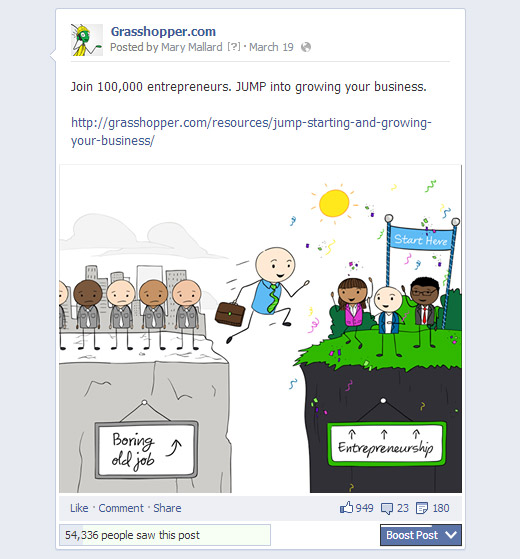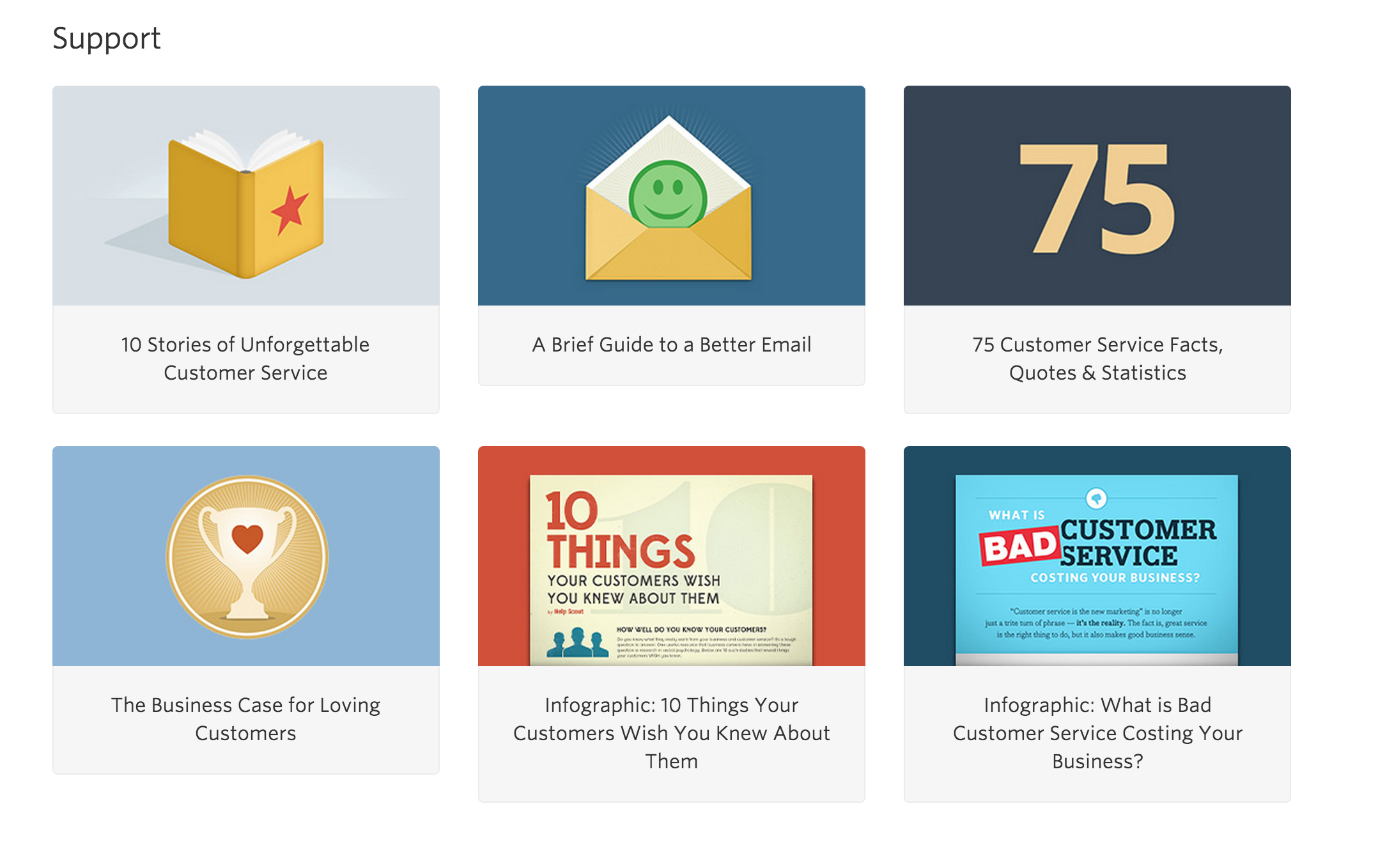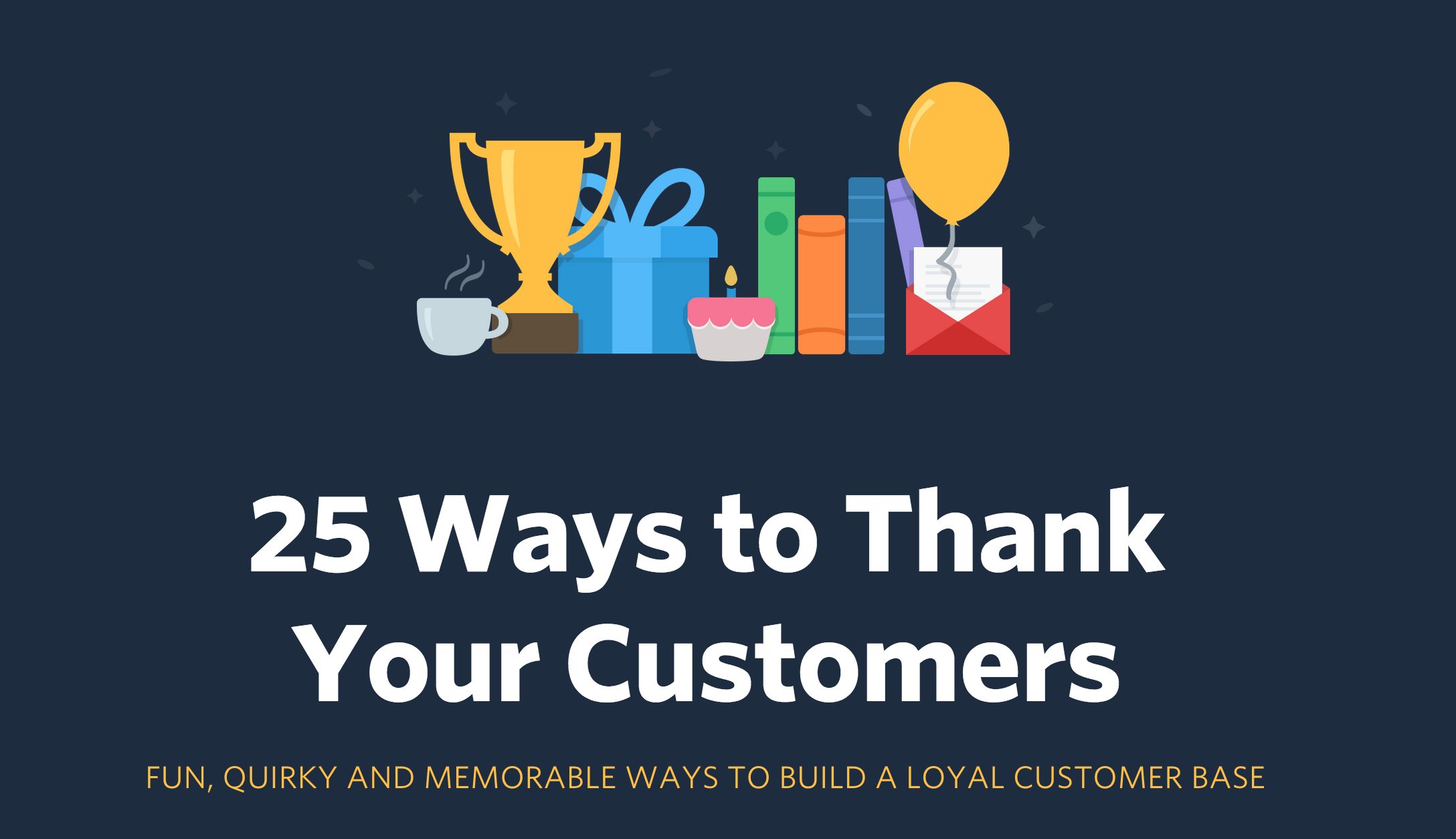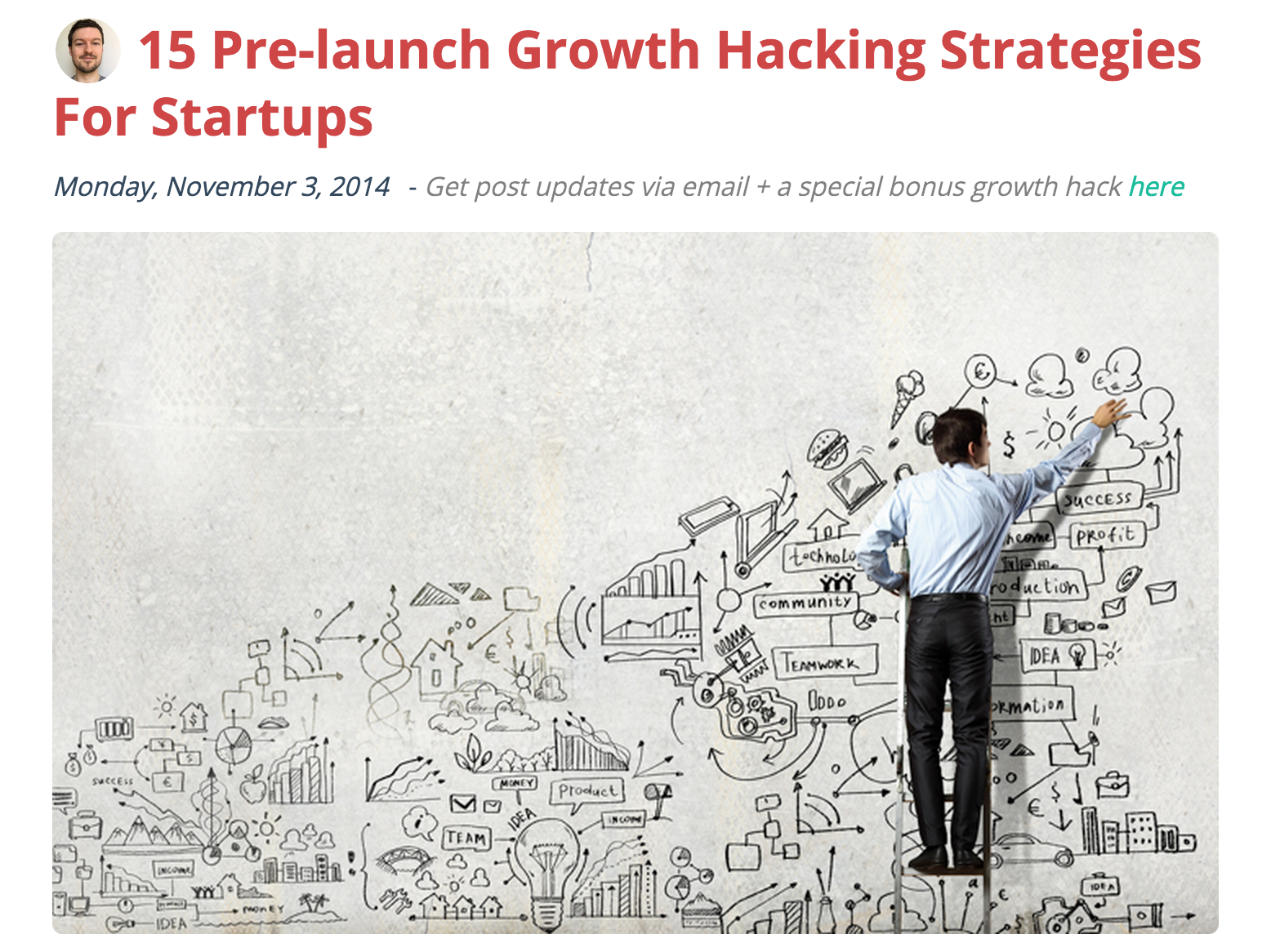
Top Content Marketers on How to Rock Your Long Form Content
January 7, 2016
Writing
This can be seen in many different jobs and environments. Presidents often look towards Abraham Lincoln for inspiration. Startup founders read the work of Paul Graham for advice. Marketers all over the world read books by Seth Godin.
Inspiration and advice from industry leaders can put you in the right mindset and on the correct path.
People love advice.
I mean, just take a look at Quora. You’ll see an abundance of questions asking about the productivity of Elon Musk, the knowledge of Steve Jobs and the filmography of JJ Abrams.

It makes sense. You learn from the mistakes of others, and maybe their successes too.
We’ve asked top content marketers how they produce their long form content for maximum impact, so that you can too.
First though let’s take a look at why you should bother with long form content.
Why should I produce long form content?
Look—long form isn’t for everyone. People either love it or they hate it. Like Marmite (I can’t stand the stuff myself). That’s because, like everything, there’s positives and negatives to long form content.
Long form and short form content involve different levels of time, effort, and risk. They also provide different amounts of value for the reader. You have to choose the right type of content for your audience (and your team!).
| Type | Time | Effort | Risk Level | Value for Reader |
|---|---|---|---|---|
| Long form | High | High | High | High |
| Short-form | Low | Low | Low | Low |
There are certain audiences that can’t be bothered to read 2,000 word articles. So make sure you know what your target audience likes to read before you dive into dedicating hours creating guides and long articles. It might not be the right thing for your readers.
According to Kevin Delaney at Qwartz, content length has much to do with the success of your article. Delaney says articles of 500 to 800 words are too long to be shareable, yet too short to give much detail.
Based on his findings at Qwartz, he created a graph appropriately named the Quartz Curve:

As you can see, 500 to 800 word content tends to perform worse than pretty much everything else. It’s kinda like a content dead zone—don’t go there.
While the curve is theoretical it’s important to note, and even more important to test for yourself.
How others create long form content
Seeing how others make their long form content valuable can help us craft our own. Let’s take a look at some ways top content marketers use the power of long form, and how they get the most out of their writing time.
Grasshopper
Grasshopper is a virtual phone system for businesses. They took the risk of dedicating their time to creating one of their guides—an 18,000 word behemoth to help entrepreneurs start and grow their business.
The team experimented with Facebook ads and spent $1,000 to get their guide in front of entrepreneurs. They also spent time creating custom illustrations.

Not only that, they put their guide in front of tons of people at trade shows—they used it as a way to start conversation’s and get feedback at the same time. Neat, huh?
The result?
The guide ended up getting 949 likes and 180 shares, which was well worth the time, effort and cost. It’s difficult to tell, though, how much of the virality was due to the Facebook ads, and how much was down to the guide itself.
Because we had custom illustrations to complement the content, plus a ton of different topics within the guide, people were excited to share. It was a lot more compelling than a standard blog post.
Emma Siemasko, Grasshopper
Takeaway: If you’re willing to put in the hours to create great long form content, plus bear the costs of promotion, it’ll pay off in the long-run. You can even use your content to make in-person connections—a neat bonus.
Help Scout
Help Scout make awesome help desk software for teams, boasting the likes of Buffer, Wistia and VHX as customers.
How do Help Scout use long form?
The content team—headed by Gregory Ciotti—have produced a ton of guides about customer support. They’re aimed at helping teams make their customer support stand out from the crowd. Free cards and chocolate, anyone?
Help Scout’s guides are freely available on the web, but they capture your email address in a pretty cool way.
When you land on the guide’s landing page you’ll see a popup prompting you to download it. It’s hard to resist putting in your email address—you never know when you’ll need that PDF! Maybe on your next awkward metro journey?
Sometimes it’s tricky to choose whether content should be a guide or a blog-post, so I reached out to Gregory at Help Scout and asked him how they decide.
Gregory recommends that, before writing, you should ask yourself:
Do you (or does your writer) actually know enough about this topic to complete a full guide? Will the ideas be authentic and tactical? You have to be honest about strengths and weaknesses.
Who will this guide speak to? We prefer to focus most of our guides around support topics (see: support emails) instead of “affinity” SaaS topics, because it only makes sense to create the guide if it relates to our product in some way.
Are there other guides out there on this topic? Can you make yours even better? If you can’t, don’t make the guide.
If you don’t write your guide with an audience in mind, it’ll be a struggle to come up with something useful and valuable. Make sure you’re creating it for a specific person or group. Don’t create it for no reason, nobody will enjoy it.
Gregory also recommends not to spend much time trying to make your guides look fancy early on:
One thing I wish we would have recognized earlier on is that PDFs don’t have to be ‘over’ designed.
For all you designers out there—I know it’s tough. But try to focus on the content first. There’s plenty of time for design later.

Gregory admits, though, he thinks the Help Scout resources are “downright beautiful”. I have to agree with him on that one.
Takeaway: Make sure you’re creating a guide for a reason, that you know enough about the subject and you don’t spend too much time early-on with the design.
Gleam
Gleam makes marketing apps to help you grow your business. Their tools help you create contests, pop-ups and galleries with minimal effort.
I reached out to Stuart McKeown—one of the founders—and asked him how he optimizes his long form posts for maximum engagement.
It turns out that the Gleam team take long form content seriously. Stuart says their long form posts drive a large portion of their growth.
Long form posts just work much better for us, we typically only publish 1-2 posts per month and we want them to be incredible.
He takes inspiration from Brian Dean, the founder of Backlinko, who typically only publishes an article every few months with a focus on SEO.
[Brian] does 2M visits per year from ~31 posts, we’ll do close to 1M from 51 or so.
Quite impressive for a bootstrapped startup, eh?
Stuart also kindly shared his content crafting process with me. It typically takes him 1-2 weeks for each piece of content, depending on his free time. His process:
- Plan the format of the post
- Set out all the headings/sections (leaving the content blank)
- Source images, I love imagery in posts (probably a bit too much)
- Start filling in the blanks
- I do less promotion than I used to, helps if you focus on a list of people you can instant market to
Great strategy, Stuart!
Writing headings and sections before content is a fantastic technique, and it’s used by many writers who focus on content marketing. Oh, and all of us here at Contentacle, too.
So how does Stuart decide what to make into a guide?
Guides are tough to write, you need to look at the marketplace. Find the best guide there is and make it twice as good. There’s no point creating a guide that’s worse than what already exists.
Takeaway: Writing only long form posts is an option. But if you go down this route, take time to craft an amazing piece of content. Then optimize its SEO to get maximum results. Make sure your guide is at least twice as good as what’s already out there.
Long form is a risk worth taking
It seems creating long form content is worth the risk, but only if you do it right. Here’s some key takeaways:
Be sure to create value Don’t create content just because you think people might like it. Conduct some research first. Have a look for similar content, and if there is any, how much value did readers get out of it? You can find this by looking in the comments or social media.
Optimize It’s pointless crafting long form content if nobody can find it. Make sure you optimize your content around keywords you want to rank for by including them multiple times within the content (and even the title).
Content first Don’t spend countless hours trying to make the content look pretty. If you’re creating your first long form piece, it’s okay if it doesn’t look great. As long as it’s readable, it’ll do.
Ask for feedback After you post your content, you can still improve it. Ask people what they think, and whether they got any value from it.
If you’ve got the time, willpower and right team behind you, creating long form content can be worth the effort. Don’t forget to promote it and share it with your connections.

